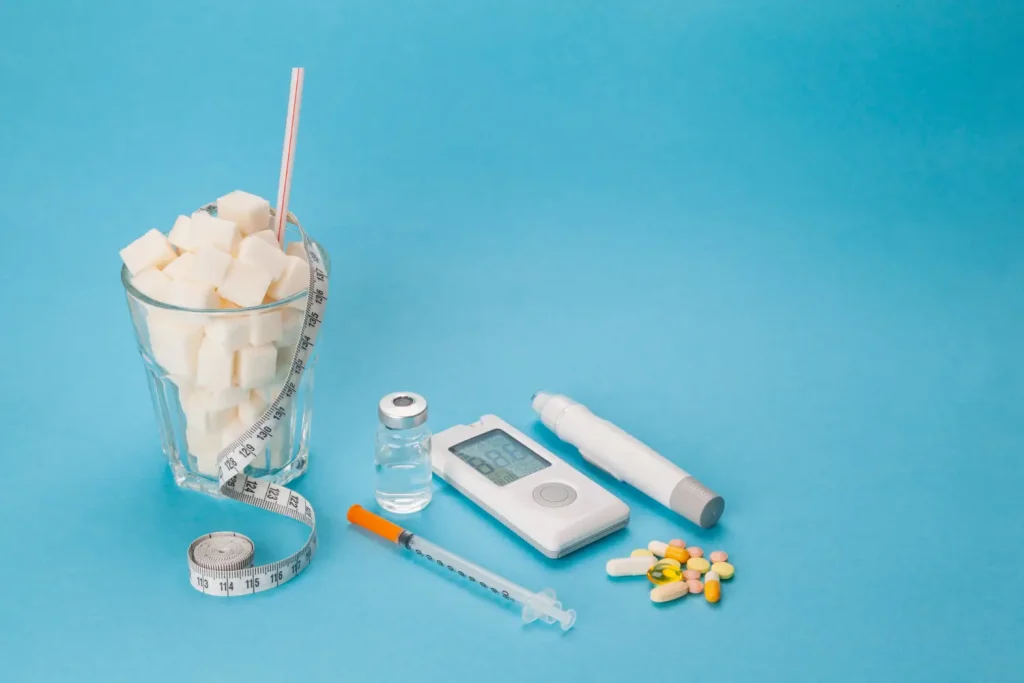One of the noticeable hallmarks of aging is sunken cheeks. Also known as submalar hollowing, the loss of volume underneath the cheekbone creates an unattractive and haggard appearance. The sagging skin also contributes to the prominence of nasolabial folds. However, patients can maintain a youthful appearance via midface volume restoration.
One of the top methods in the market to achieve this goal is to use the minimally invasive, nonsurgical Radiesse, a popular cosmetic filler. It is a sterile, nonpyrogenic, white, and opaque filler that is supplied in a 1.3ml syringe. It is intended for removing wrinkles, creases, and imperfections on the face. The active ingredient of Radiesse is synthetic calcium hydroxylapatite (CaHA), which is suspended in a sodium carboxyl methylcellulose gel carrier. The diameter of the microparticles range from 2545 microns. As it shares a similar chemical component with the human teeth and bones, it is biocompatible and biodegradable within the body.
How CaHA works
CaHA microspheres act both as a filler and as a stimulant for new collagen synthesis. The microspheres have a high affinity to the available fibroblasts found within the dermal layer and activate natural collagen production. Due to this, it takes time before the full effect of the treatment is noticeable. Often, patients begin to notice results after 4 weeks. The new collagen also replaces the carboxyl methylcellulose gel, which disintegrates two to three months.
The CaHA microparticles metabolize naturally due to the neighboring phagocytes. The new collagen, on the other hand, can last for one to two years, regardless of the CaHA biodegradation.
What to expect with Radiesse for cheeks
For a Radiesse injection, it is recommended to use a 25G needle. This injectable is available with and without lidocaine, which can help reduce the sensation of the injection.
To locate the injection site for a cheek augmentation procedure, doctors will consider the structure of the whole face. Volume augmentation is intended to ameliorate the sunken malar and submalar areas by adding volume that helps to lift the sagging skin near the cheeks.
During the procedure, your doctor will begin to advance the injection within the sub- or deep dermis to avoid the chance of formation of lumps or nodules close to the superficial layer of skin. The most often recommended technique for cheek augmentation is a combination of fanning and cross-hatching. This allows for a more adequate distribution of gel solution. That being said, your doctor will have the knowledge and experience to choose the most appropriate technique, based on the results you would like to see.
Although the results are not immediate, it is not necessary to overcorrect. An average of 1ml per cheek is enough to provide a satisfactory result; however, the amount of filler needed will be based on the severity of your concern.
Restoring your youthful self
Patients will experience minimal downtime with a Radiesse treatment. It is not only a quick procedure, but the results are immediate as well. Patients will notice a subtle lift to their cheeks and the loss of creases and lines that map out the cheeks or even the corners of the mouth. Radiesse sustains the results for up to two years, making it one of the top choices for patients.





















